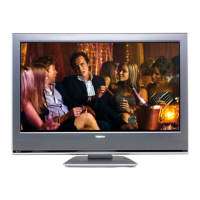
Do you have a question about the Toshiba 32WL66A and is the answer not in the manual?
| Screen Size | 32 inches |
|---|---|
| Resolution | 1366 x 768 |
| Display Type | LCD |
| Aspect Ratio | 16:9 |
| Brightness | 500 cd/m² |
| Contrast Ratio | 800:1 |
| Response Time | 8 ms |
| HDMI Ports | 2 |
| USB Ports | 1 |
| HD Format | HD Ready |
| Viewing Angle | 178° |
| Sound Output | 20W |
| Input Ports | Component |

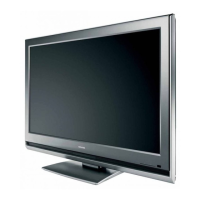
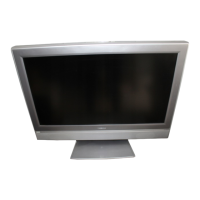



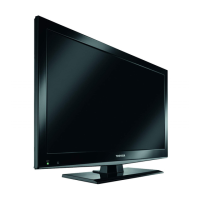
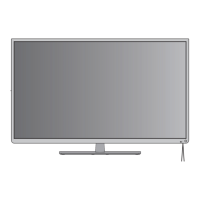
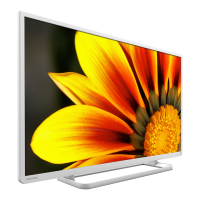



